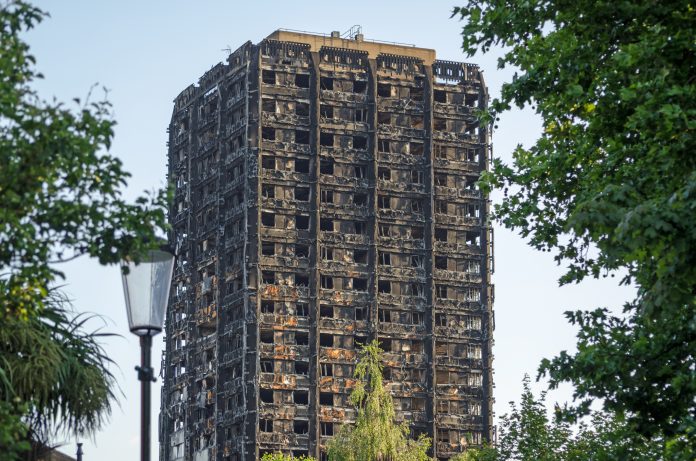The government is set to consult on a “digital by default” standard for record-keeping relating to the design, construction and operation of buildings as part of its response to the post-Grenfell Hackitt Review
Dame Judith Hackitt’s review of the Building Regulations and fire safety in the wake of the Grenfell Tower tragedy was uncompromising in its condemnation of the current system, which it described as fragmented, confused and ultimately not fit for purpose. It was, Dame Judith concluded, simply too easy for those who wanted to cut corners to do so.
Following a review of the final report, the government published its implementation plan for delivering a “radical systemic overhaul” focused on four key areas:
- A stronger, more effective regulatory and accountability framework, with a tougher oversight regime and better-enforced sanctions.
- Clearer standards and guidance to support better understanding among those who carry out building work of how to make buildings safer, as well as improvements in the way construction products are tested.
- A stronger voice for residents and more effective routes for escalation and swift redress when things go wrong.
- Working with the industry to help it take the lead on cultural change and prioritising public safety.
The golden thread
One of the key problems identified by the Hackitt Review is a lack of clear ownership and responsibility for delivering a safe system throughout the lifecycle of a building.
One recommendation is that the government should make the creation, maintenance and handover of information about the design, construction and management of high-rise residential buildings an integral part of the responsibilities of clients, principal designers and principal contractors. The minimum requirement should be for the digital record, along with a Fire and Emergency File, Full Plans and Construction Control Plan, Dame Judith said.
In its response to the review, Building a Safer Future: An Implementation Plan, the government accepted the need for much clearer dutyholder responsibilities and the importance of establishing this “golden thread” of core information about a building to both quality and safety.
How is this “golden thread” to be created, updated, transferred and maintained?
BIM Level 2 has, of course, already been mandated for government-procured projects and digital recordkeeping is already being embraced by many organisations involved in the design, construction and management of residential buildings as part of their adoption of BIM.
The government is already working with early adopters, digital experts and other stakeholders to examine the digital solutions that are available and how digital recordkeeping is currently being implemented across the industry.
As part of this, various technologies are being trialled to better manage supply chains and establish digital records of a building’s make-up, the age of components and any changes that have been made since completion.
Digital by default
The implementation plan will see the creation of a Joint Regulators Group, which will support the transition to a new regulatory framework by piloting new approaches. The body will bring together the Health & Safety Executive, Local Authority Building Control and the fire and rescue services through the National Fire Chiefs Council and the Local Government Association.
Its research will provide the basis for a government consultation, due to take place in the spring, on a “digital by default” standard of recordkeeping for the design and construction of a building, and to ensure the record is maintained throughout its occupation.
The data that will constitute the “golden thread” will be determined in collaboration with the industry. It will be created and updated through a collaborative process, with information coming from those involved in not only a building’s design and construction, but also its management and renovation.
There are a range of technical solutions for BIM on the market and part of the consultation will look at how to ensure a level of consistency in digital recordkeeping and that information is available in a format that will access to all key users across the building’s lifecycle.
Ultimately, the “golden thread” should provide high quality, accurate data that will provide regulators with assurance of the continuing safety of a building by ensuring those working on it have the information they need.
In his foreword to Building a Safer Future, James Brokenshire, secretary of state for housing, communities and local government, wrote: “This is a major programme of work as befits the challenge we face – ensuring that everyone who has a stake in keeping people safe and feeling safe in their homes plays their part to rebuild public trust and deliver the meaningful, lasting change that is needed.
“Achieving the systematic overhaul that we are aiming for requires all parties to change, and to put residents’ safety at the heart of the system. This is the best tribute we can offer to those who lost their lives at Grenfell Tower and those who were left behind.”
PBC Today
Tel: 0843 504 4560














